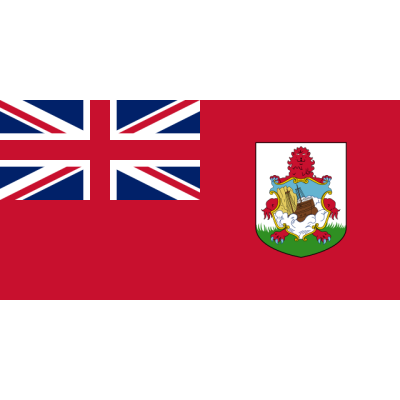Close arrow_back
- menu title
-
Custom Menu
add remove
-
Navigation
add remove
-
menu title
add remove
-
menu title
add remove
-
menu title
add remove
-
menu title
add remove
-
menu title
add remove
- menu title
-
Custom Menu
add remove
- Navigation add remove
-
menu title
add remove
-
menu title
add remove
-
menu title
add remove
-
menu title
add remove
-
menu title
add remove
Guidance Document on the Implementation of an Incident Management System (IMS), 2012 Edycja
This publication provides guidance on the establishment of an incident management system (IMS) for marine pollution incidents.
An established IMS provides for the safe, effective and efficient management and deployment of resources for all types of emergency incidents. It is essential for effective pollution incident management, providing a clear command structure and well-defined roles and responsibilities within an optimal span-of-control. The IMS is intended to be staffed and operated by qualified personnel from any agency and is scalable so that it can adapt organizationally based on the needs of the incident.
This Guidance document would ideally be used during the contingency planning process in conjunction with the IMO Manual on Oil Pollution, Section II - Contingency Planning and Section IV - Combating Oil Spills.
An established IMS provides for the safe, effective and efficient management and deployment of resources for all types of emergency incidents. It is essential for effective pollution incident management, providing a clear command structure and well-defined roles and responsibilities within an optimal span-of-control. The IMS is intended to be staffed and operated by qualified personnel from any agency and is scalable so that it can adapt organizationally based on the needs of the incident.
This Guidance document would ideally be used during the contingency planning process in conjunction with the IMO Manual on Oil Pollution, Section II - Contingency Planning and Section IV - Combating Oil Spills.




















 Cookies
Cookies